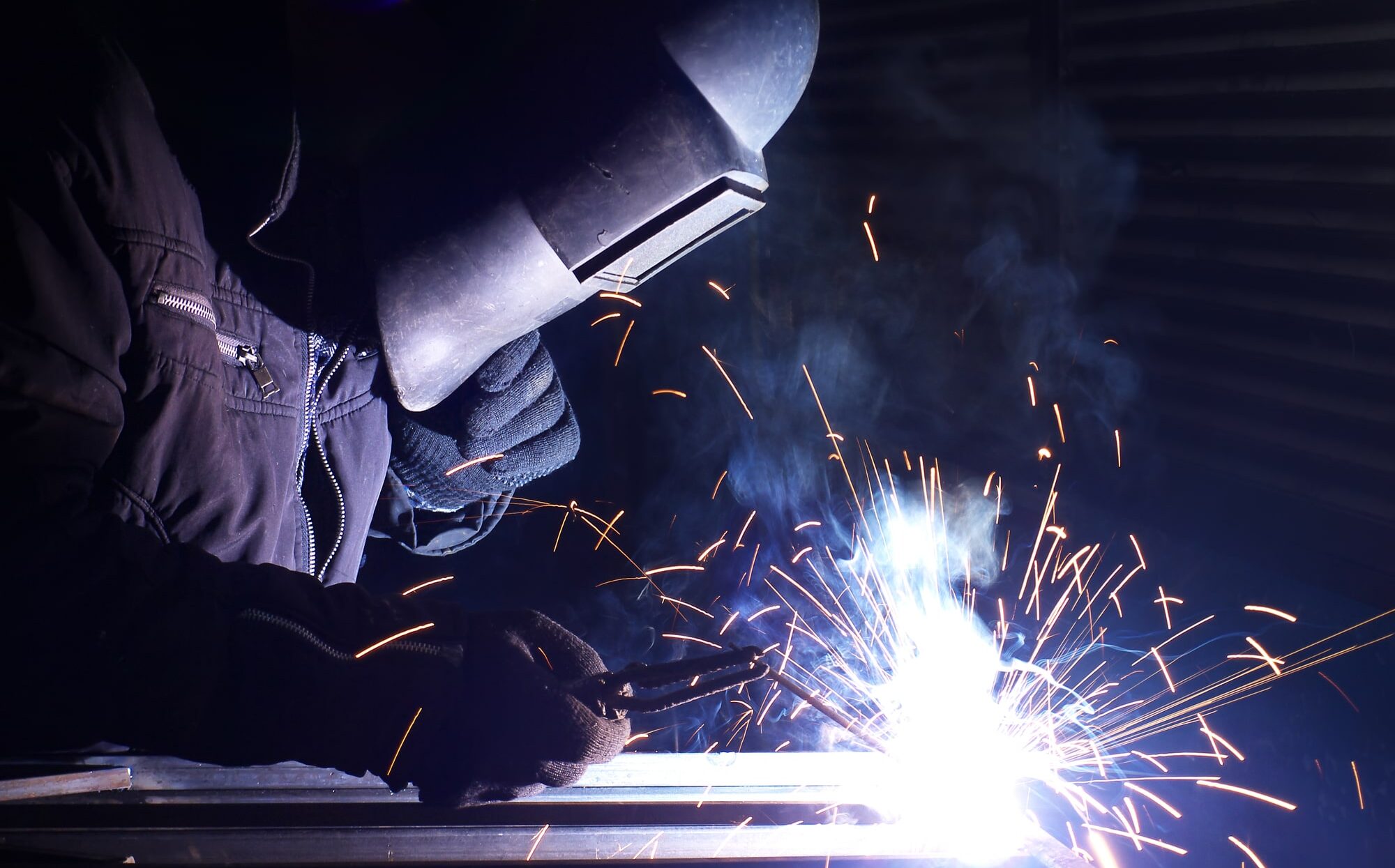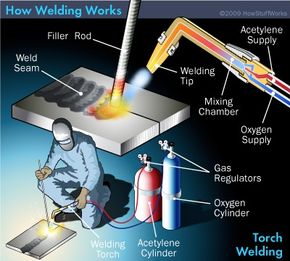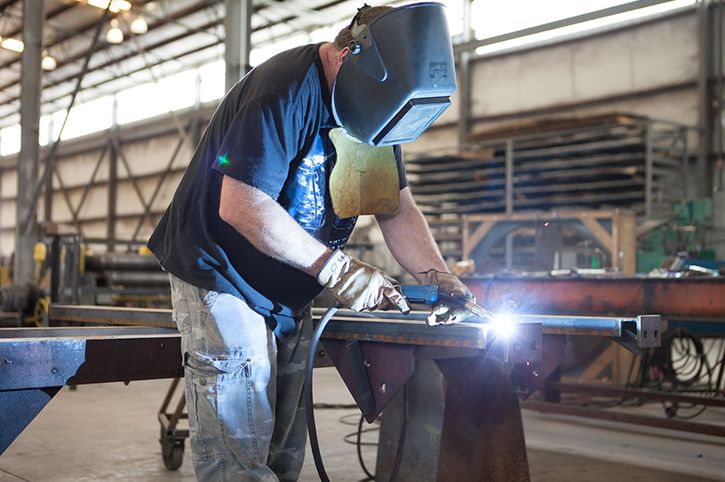Maximizing Your Welding WPS: Strategies for Improved Efficiency and Effectiveness
Maximizing Your Welding WPS: Strategies for Improved Efficiency and Effectiveness
Blog Article
The Ultimate Guide to Welding WPS Procedures: A Comprehensive Introduction for Welders
In the elaborate globe of welding, Welding Treatment Requirements (WPS) offer as the backbone of making certain quality, uniformity, and security in welding operations (welding WPS). As we dig right into the different components of a WPS and check out the complexities of certification and accreditation, we will uncover the essential duty these treatments play in the world of welding.
Value of WPS Procedures
Recognizing the relevance of Welding Procedure Specs (WPS) procedures is critical for ensuring the high quality and honesty of bonded structures. WPS procedures serve as a roadmap for welders, laying out the essential actions, criteria, and products needed to achieve an audio weld. By sticking to WPS standards, welders can guarantee uniformity in their work, bring about structurally sound and trustworthy welds.
Among the primary factors why WPS procedures are crucial is their function in preserving weld top quality and integrity. Adhering to the specified welding parameters and methods described in the WPS assists protect against flaws such as porosity, breaking, or incomplete blend, which can jeopardize the stamina and durability of the weld. Additionally, WPS treatments are essential for making certain compliance with sector standards and codes. By adhering to well established WPS guidelines, welders can demonstrate that their job fulfills the essential needs for safety and top quality, providing guarantee to clients, inspectors, and governing bodies. Essentially, the value of WPS procedures can not be overstated, as they are fundamental to accomplishing regular, premium welds that satisfy sector standards and specs.

Elements of a WPS
A Welding Treatment Requirements (WPS) normally makes up essential elements that detail the specific demands for implementing a weld, making sure consistency and top quality in the welding process. The key parts of a WPS include important variables such as base metals, filler steels, preheat and interpass temperature levels, welding processes, securing gases, welding placements, and post-weld warm treatment demands.
Base metals refer to the products being joined, while filler metals are made use of to fill up the gap between the base steels during welding. Preheat and interpass temperature levels are essential for regulating the heat input and preventing issues like splitting or distortion. The welding procedure outlines the certain technique to be made use of, whether it's gas steel arc welding (GMAW), secured metal arc welding (SMAW), or an additional method. Securing gases secure the weld pool from climatic contamination. Welding positions specify the alignments in which welding can be carried out. Post-weld heat treatment may be required to eliminate anxieties and boost the weld's residential properties. A detailed understanding of these components is important for developing a effective and extensive WPS.

Credentials and Qualification
Having established the necessary elements of a Welding Procedure Requirements (WPS), the emphasis currently moves towards the vital facets of qualification and certification in welding practices.

Qualification, on the other hand, is the formal recognition of a welder's qualifications by an appropriate qualification body or organization. Welding accreditations are generally based upon the particular welding procedures, products, and placements a welder is qualified to work with. Holding a valid over at this website welding qualification demonstrates that a welder meets market criteria and is qualified to do welding tasks to the required specifications.
Producing a WPS
To create a Welding Procedure Spec (WPS) that satisfies industry standards, cautious consideration of welding processes, products, and operational parameters is vital (welding WPS). The first step in producing a WPS is to determine the welding procedure to be utilized, such as gas metal arc welding (GMAW) or secured steel arc welding (SMAW) When the welding procedure is established, the following critical element is choosing the proper materials, taking into consideration aspects like base metal kind, thickness, and joint design. Operational criteria such as welding existing, voltage, travel speed, and protecting here gas make-up must additionally be thoroughly specified in the WPS.

Implementing and Keeping Track Of WPS
Upon settling the comprehensive Welding Treatment Specification (WPS) that thoroughly information welding processes, products, operational criteria, and quality control steps, the emphasis shifts to successfully executing and keeping an eye on the well-known procedures. Execution entails making certain that all welders associated with the job are acquainted with the WPS and follow it thoroughly throughout the welding process. This calls for providing ample training and supervision to guarantee adherence to the specified procedures. Keeping an eye on the WPS entails continuous oversight to validate that welding activities line up with the documented specifications. Assessments, screening, and quality assurance steps are important components of the surveillance procedure to determine any type of problems or discrepancies quickly. Routine audits and reviews of the welding procedures help in maintaining consistency and high quality throughout the job. Efficient application and tracking of the WPS are vital for guaranteeing the stability, stamina, and safety of the bonded joints, eventually adding to the overall success of the welding task.
Final Thought
To conclude, understanding and complying with Welding Treatment Specs (WPS) is essential for welders to ensure high quality, uniformity, and safety and security in their work. By recognizing the components of a WPS, obtaining proper credentials and accreditations, developing thorough treatments, and applying and monitoring them successfully, welders can enhance their abilities and effectiveness in welding techniques. Adhering to WPS procedures is essential for creating top notch welds and meeting market criteria.
In the intricate globe of welding, Welding Procedure Specs (WPS) offer as the backbone of making certain high quality, uniformity, and safety in welding procedures. The welding procedure lays out the particular method to be utilized, whether it's gas steel arc welding (GMAW), shielded steel arc welding (SMAW), or one more technique.To develop a Welding Treatment Spec (WPS) that fulfills industry standards, careful factor to consider of welding procedures, visit this site right here materials, and functional specifications is crucial. The very first step in developing a WPS is to recognize the welding procedure to be utilized, such as gas metal arc welding (GMAW) or shielded metal arc welding (SMAW)Upon completing the comprehensive Welding Procedure Spec (WPS) that meticulously information welding procedures, materials, operational parameters, and high quality assurance actions, the emphasis moves to properly applying and checking the recognized procedures.
Report this page